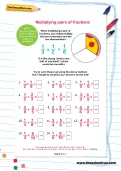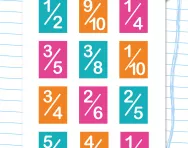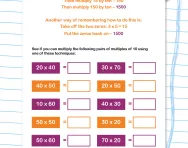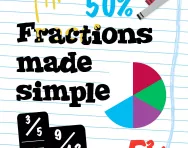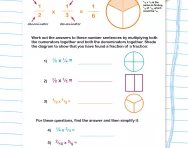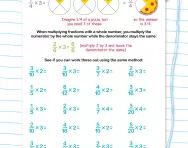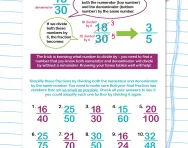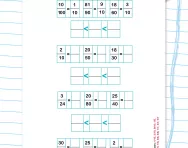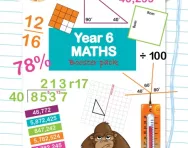TheSchoolRun.com closure date
As we informed you a few months ago, TheSchoolRun has had to make the difficult decision to close due to financial pressures and the company has now ceased trading. We had hoped to keep our content available through a partnership with another educational provider, but this provider has since withdrawn from the agreement.
As a result, we now have to permanently close TheSchoolRun.com. However, to give subscribers time to download any content they’d like to keep, we will keep the website open until 31st July 2025. After this date, the site will be taken down and there will be no further access to any resources. We strongly encourage you to download and save any resources you think you may want to use in the future.
In particular, we suggest downloading:
- Learning packs
- All the worksheets from the 11+ programme, if you are following this with your child
- Complete Learning Journey programmes (the packs below include all 40 worksheets for each programme)
You should already have received 16 primary school eBooks (worth £108.84) to download and keep. If you haven’t received these, please contact us at [email protected] before 31st July 2025, and we will send them to you.
We are very sorry that there is no way to continue offering access to resources and sincerely apologise for the inconvenience caused.
Multiplying pairs of fractions
How do you multiply two fractions together?
To multiply two fractions together, you simply multiply the numerators (the top numbers) together to get the new numerator, and multiply the denominators (the bottom numbers) together to get the new denominator.
What is an example of multiplying two fractions?
Here is an example of multiplying fractions:
If you want to multiply 2/3 and 4/5, you would...
- multiply the numerators: 2 x 4 = 8
- multiply the denominators: 3 x 5 = 15
So, the answer would be 8/15
How will this multiplying fractions worksheet help your KS2 child?
This multiplying fractions worksheet was created by an experienced educator with the purpose of helping you teach your child how to multiply fractions at home. It will supplement their learning at school and help build their confidence in KS2 maths.
This is a colourful and engaging activity that provides a clear example of how to multiply two fractions, followed by 14 questions that will help your child practise what they have learned.
For more help with fractions, visit our hub page, or try a new fractions challenge, such as our Calculating equivalent fractions worksheet.
